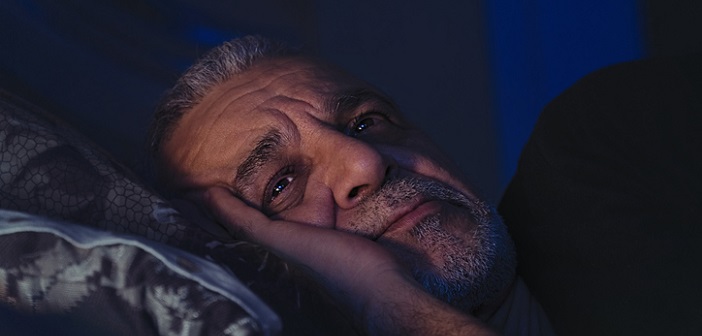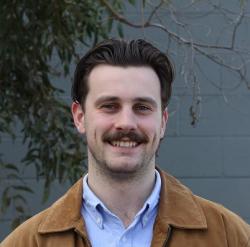Australian entrepreneur Rick Rowan spent years looking for solutions to eliminate his decades-long back pain before discovering the immense and underdeveloped potential of bioelectric technology to treat pain.
“Many of us have experienced the detrimental effects that pain can have on our quality of life, at one time or another and this includes its impact on sleep,” said Rowan. Now a founder of NuroKor BioElectronics, a UK-based health tech start-up, Rowan has facilitated the development of cutting-edge wearable technology that uses electrical nerve stimulation to help manage pain.
The high-tech treatment is touted as a potential gateway to pain-free sleep as a long-term alternative to pain medication. “A clinical patient survey we currently have underway has revealed that 76% of our users reported an improvement in sleep, with 94% noting a better quality of life,” Rowan says.
“As an increasing number of us work from home, we know from studies that there has been a sharp rise in the number of people with posture-related pain, so finding a solution is more important than ever. Being woken up at night by pain is something experienced by people from all walks of life, and the effects are not only detrimental to sleep, but also one’s mental and physical health.”
One common cause of pain at night is attributed to restless leg syndrome (RLS), a disorder characterised by an uncomfortable urge to move the legs. It is often associated with chronic sleep disturbances because it gets worse in resting positions, mostly at night. The current recommended treatment of RLS is primarily through prescription medication, though its long-term usage has been known to result in resistance to pain medication and addiction².
Studies show that non-invasive bilateral electrical stimulation is proving to be a promising alternative treatment model for RLS and is suitable for large numbers of patients who are unwilling or unable to take pills³. Another common cause of insomnia is chronic pain which is closely linked to the mechanism of central sensitisation, neuroinflammation or anxiety.
So far chronic pain has been unresponsive to drug treatments⁴ but has been treated with bioelectronic therapy with some success. In particular back pain treatment with bioelectronic therapy has enjoyed particularly positive results. “Bioelectronic therapy has great potential for easing pain,” notes NuroKor medical science director Dr. Irem Tezer Ates.
“Devices like those produced by NuroKor use bioelectrical currents to target nerve endings through the skin and can influence pain signals reaching the brain. Bioelectronic therapy is also non-invasive, making it a great alternative to medication and over-the-counter painkillers.”
“I’d like to see increased awareness of emerging technology for people managing pain,” says Rowan. “Wearable bioelectronic technology can be highly effective and can be placed on different parts of the body to target areas of pain – making it a great alternative to medication.” The NuroKor founder expresses hope that in future non-pharmaceutical pain management will be embraced as the norm rather than the exception to treat chronic pain.
How does NuroKor work?
Utilising innovative, proprietary-formulated bioelectrical massage, NuroKor’s devices provide physical therapy to help manage pain and inflammation, as well optimise recovery. The NuroKor MiTouch features 16 advanced settings and 3 bioelectrical signatures: peripheral nerve, neuromuscular and microcurrent stimulations, working at different stimulation levels. The NuroKor MiBody is a smaller, portable device designed for on-the-go pain relief and recovery.
Find out more at https://nurokor.com.au/





